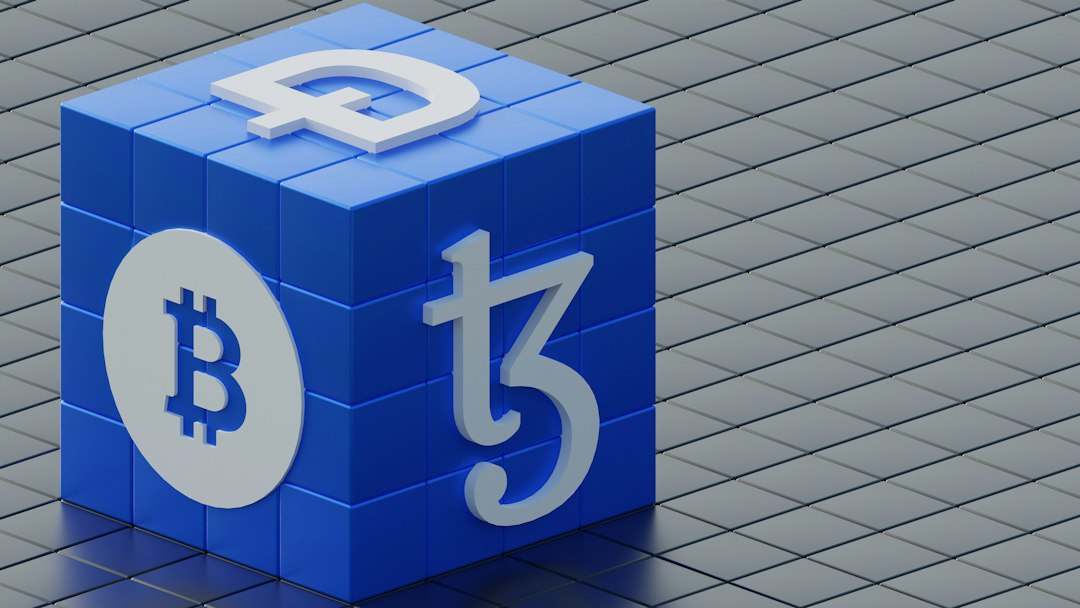The Ethereum 2.0 Upgrade: Enhancing Scalability and Security for the Blockchain
Are you interested in cryptocurrencies and the future of blockchain technology? If so, you’ve probably heard about the upcoming Ethereum 2.0 upgrade. This major update aims to address some of the most pressing challenges faced by the original Ethereum network, including scalability and security. In this article, we will explore what Ethereum 2.0 is, how it improves upon its predecessor, and what it means for the future of blockchain technology. So, let’s dive in!
Ethereum 2.0, also known as ETH2 or Serenity, is the next generation of the Ethereum blockchain. It is a major upgrade that aims to improve the performance, scalability, and security of the network. The current Ethereum network, also referred to as Ethereum 1.0 or ETH1, has faced challenges in terms of scalability, causing transaction fees to increase during periods of high demand. Additionally, the security of the network relies on a consensus mechanism called Proof of Work (PoW), which requires significant computational power and energy consumption.
With Ethereum 2.0, the scalability problem will be addressed through the implementation of a new consensus mechanism called Proof of Stake (PoS). Instead of miners validating transactions like in the PoW system, Ethereum 2.0 will introduce validators who will be chosen based on the amount of ETH they are willing to “stake” or lock up as collateral. These validators will take turns proposing and validating new blocks, significantly reducing the energy consumption and costs associated with mining.
By moving to a PoS system, Ethereum 2.0 will be able to achieve faster transaction confirmations and increase the network’s capacity to process a larger number of transactions per second. This scalability improvement is crucial for the widespread adoption of Ethereum as a platform for decentralized applications (DApps) and smart contracts.
The upgrade will be rolled out in multiple phases, with the first phase known as Phase 0. Phase 0, expected to launch in 2021, will introduce the Beacon Chain, a new PoS-based chain that will run parallel to the existing Ethereum PoW chain. The Beacon Chain will serve as the backbone for Ethereum 2.0, coordinating validators and managing the consensus protocol.
Following Phase 0, the subsequent phases will introduce shard chains, which will split the workload of the network into smaller parts called shards. Each shard will have its own validators and will be capable of processing its own transactions and smart contracts. This sharding mechanism will further enhance the scalability of Ethereum 2.0, allowing the network to handle an even greater volume of transactions in parallel.
A key benefit of Ethereum 2.0 is its enhanced security. The PoS consensus mechanism eliminates the need for miners to control the majority of the computational power, reducing the risk of a 51% attack. Under the PoS system, validators who behave dishonestly or attempt to manipulate the network will have their staked ETH slashed as a penalty. This strong economic disincentive ensures the security and integrity of the Ethereum 2.0 network.
Moreover, the upgrade will introduce a new ETH2 validator node, allowing participants to stake their ETH and earn rewards for contributing to the security and operation of the network. This provides an opportunity for individuals to actively participate in the Ethereum ecosystem and potentially earn passive income through staking.
FAQs
1. When will Ethereum 2.0 be fully operational?
The complete rollout of Ethereum 2.0 is expected to span several years, with Phase 0 already in progress. The transition to Ethereum 2.0 will be gradual, and the full benefits of the upgrade may take time to fully manifest.
2. What will happen to the existing Ethereum network (ETH1)?
The existing Ethereum network will continue to operate alongside Ethereum 2.0 during the transition phase. Ethereum 2.0 will eventually replace the current network, but this process will be carefully planned and executed to ensure a smooth migration.
3. How can I participate in Ethereum 2.0?
If you hold ETH, you can participate in Ethereum 2.0 by becoming a validator. To become a validator, you will need to lock up a certain amount of ETH as collateral. Specific details about the requirements and procedures for staking will be provided closer to the launch of Ethereum 2.0.
4. Will Ethereum 2.0 eliminate transaction fees?
While Ethereum 2.0 aims to reduce transaction fees by improving scalability, it is unlikely that fees will be completely eliminated. Transaction fees are necessary to prevent spam and ensure the security and sustainability of the network.
5. What impact will Ethereum 2.0 have on the price of ETH?
The impact of Ethereum 2.0 on the price of ETH is uncertain and subject to various factors. The upgrade has the potential to increase the utility and demand for ETH, but market conditions and external factors can also influence its price.
In conclusion, Ethereum 2.0 is an exciting upgrade that addresses the scalability and security challenges faced by the original Ethereum network. By implementing a new consensus mechanism, PoS, and introducing shard chains, Ethereum 2.0 will enhance scalability and make the platform more efficient for decentralized applications and smart contracts. The upgrade also provides an opportunity for individuals to actively participate in the Ethereum ecosystem through staking. However, it is important to note that like any major upgrade, the full realization of Ethereum 2.0’s benefits may take time. As Ethereum continues to evolve, the future of blockchain technology looks promising.





 By
By
 By
By
 By
By
 By
By
 By
By
 By
By